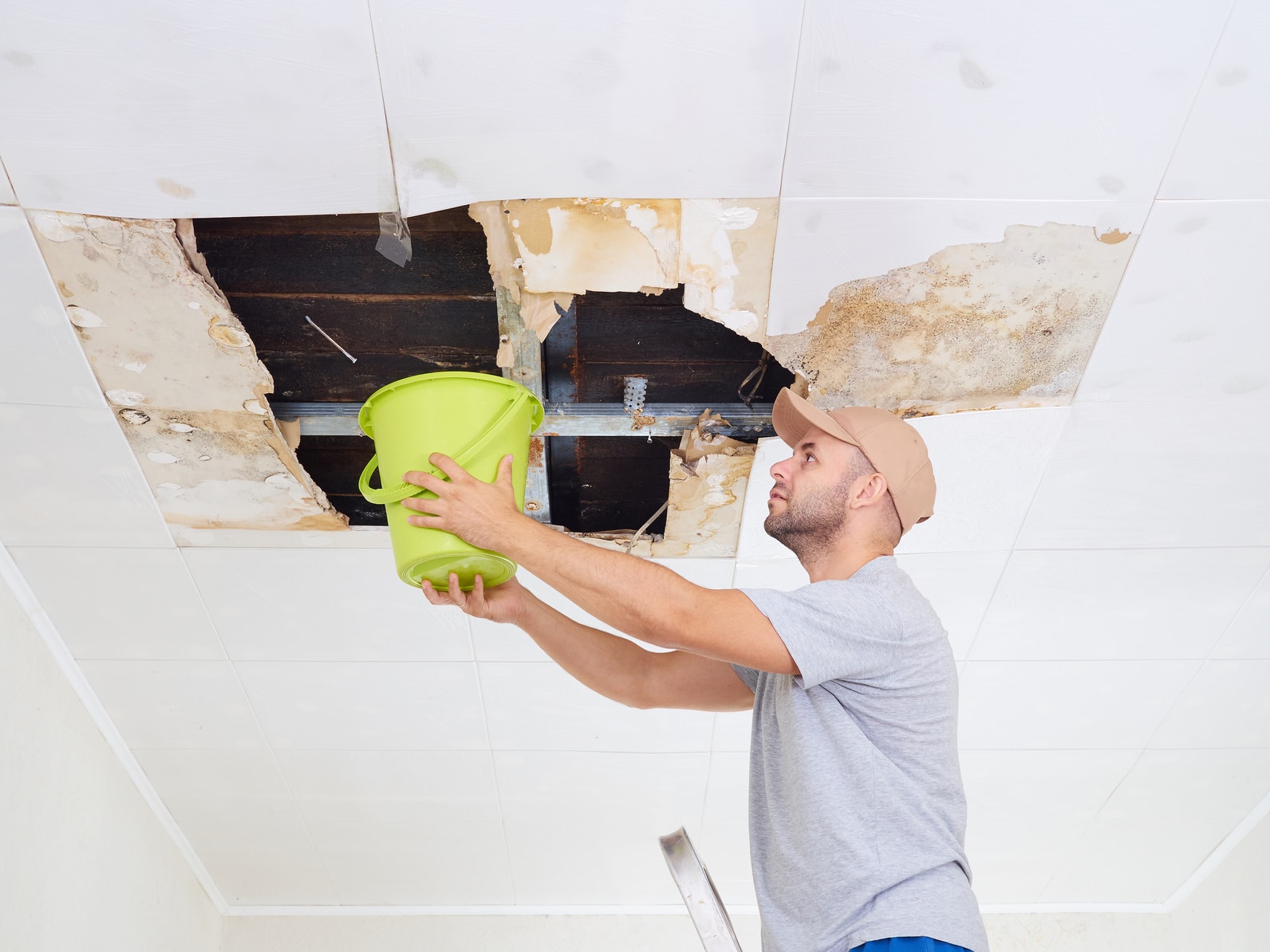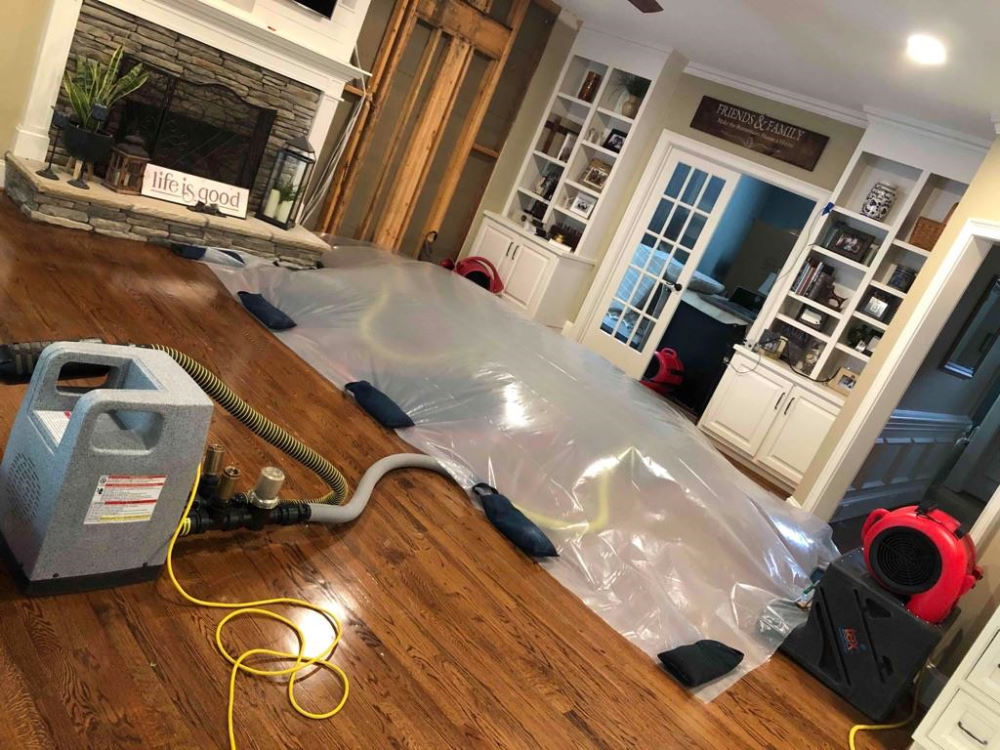Leak Detection Philadelphia: Early Treatment for Building Security
Leak Detection Philadelphia: Early Treatment for Building Security
Blog Article
Emergency Situation Water Damages Restoration: Swift Action to Minimize More Damage
Water damage can strike unexpectedly and leave disastrous results on homes and organizations. When confronted with such a scenario, a speedy reaction is important to reduce further damage and protect against possible health and wellness threats. But just what does emergency water damage reconstruction involve? In this discussion, we will explore the importance of prompt action, the analysis process, the steps associated with water removal and drying, mold avoidance and remediation, and inevitably, the restoration of the afflicted area. By comprehending the necessity and extensive nature of this procedure, you will obtain valuable understandings into just how professionals deal with emergency water damages, guaranteeing a swift and reliable action.
Significance of Swift Feedback
Swift action is of utmost relevance in water damage repair to reduce additional damage and alleviate prospective risks. The longer water sits in a structure, the more damages it can trigger.
One of the primary reasons swift action is vital in water damages repair is to prevent the development of mold and mildew. Mold and mildew not just triggers additional damages to the structure of the structure however likewise presents health and wellness threats to owners.
Water damage can be ravaging, particularly when it affects personal things of nostalgic or monetary worth. Performing swiftly permits experts to analyze the damages and implement ideal restoration techniques to salvage as much as feasible.
Evaluating the Degree of Damages

Throughout the evaluation, remediation experts completely examine the afflicted area to recognize noticeable signs of damage, such as water stains, distorted products, and mold growth. They likewise utilize customized equipment to spot surprise damage, such as wetness meters and thermal imaging cameras. This comprehensive assessment permits them to accurately determine the level of the damage and create a customized reconstruction plan.
Examining the level of water damage is crucial since it helps experts prioritize their efforts. They can determine locations that call for prompt attention, such as standing water elimination and drying out, to avoid more damage and lessen the danger of mold and mildew growth. They can additionally identify the areas that need repairs or replacement, making certain that no damages goes unnoticed or without treatment.

Water Removal and Drying Out Process
The water extraction and drying out process is an essential action in water damages restoration, as it entails the removal of excess water and the complete drying of the damaged area to avoid more damage and mitigate the danger of mold growth. After evaluating the extent of the water damage, the next step is to news draw out the water from the damaged location. This is usually done using customized equipment such as dehumidifiers, pumps, and vacuums. These devices are made to effectively and efficiently remove water from various surface areas, consisting of wall surfaces, floorings, and rugs.
As soon as the excess water has been removed, the drying out process begins. This action is crucial in avoiding learn this here now secondary damages, such as structural damage and the development of mold and mold. High-powered fans and dehumidifiers are used to circulate air and remove dampness from the air and surface areas. The drying out process may take numerous days, relying on the extent of the water damages and the materials included.
It is essential to ensure that the afflicted location is totally dry prior to continuing with any type of repair services or restoration. Failing to completely dry the area can cause long-lasting problems, including weakened structures, stuffy odors, and the growth of mold and mildew. Professional water damage reconstruction companies use moisture discovery tools to make certain that the afflicted area is entirely dry before proceeding to the following step.
Mold And Mildew Prevention and Removal
Efficient mold prevention and removal are vital in water damage repair to guarantee the safety and security and stability of the affected area. leak detection philadelphia. When water damages happens, whether from a ruptured pipe, flooding, or a dripping roofing, it develops an excellent atmosphere for mold development. Mold and mildew can begin to develop within 24 to 48 hours after water damage, and if left without treatment, it can spread out swiftly and cause major health dangers
To protect against mold development, it is vital to attend to water damages without delay. The very first step is to fix the source and identify of the water breach.
In situations where mold growth has actually already taken place, remediation is essential to get rid of the mold and mildew and avoid its return. This includes the cautious elimination and disposal of affected materials, such as drywall or carpeting, to make certain that all traces of mold and mildew are eradicated. It is very important to note that mold and mildew remediation ought to be performed by experts that have the essential training and tools to safely deal with and remove mold and mildew.
Bring Back the Affected Location

First of all, it is necessary to extensively dry the area to avoid any additional damages and to prevent the development of mold and mildew and mold. This might include using specialized drying equipment, such as visit this page dehumidifiers and industrial-grade fans, to eliminate all dampness from the damaged surfaces.
As soon as the location is entirely dry, the repair process can begin. This might entail repairing or changing damaged architectural components, such as ceiling, floor covering, or drywall ceramic tiles. It is important to resolve any type of underlying problems that might have created the water damages, such as leaky pipelines or faulty plumbing, to avoid future cases.
Additionally, restoring the damaged location may likewise consist of painting walls, changing damaged components, and extensively cleansing and sanitizing the room. This makes sure that not just is the location structurally sound, but it is also visually pleasing and safe for tenancy.
Verdict
Examining the level of damage allows for reliable water extraction and drying procedures to be executed. In general, timely action and extensive reconstruction steps are crucial to minimizing the adverse impacts of water damage.
Swift reaction is of utmost significance in water damage restoration to minimize more damage and reduce potential dangers.During the analysis, restoration professionals completely check out the affected area to determine visible indicators of damages, such as water discolorations, warped products, and mold and mildew growth.The water removal and drying process is a vital action in water damage restoration, as it entails the elimination of excess water and the detailed drying out of the affected area to stop additional damages and mitigate the danger of mold and mildew development. After analyzing the degree of the water damages, the following step is to extract the water from the affected area.Efficient mold avoidance and removal are crucial in water damages restoration to guarantee the safety and security and stability of the damaged location.
Report this page